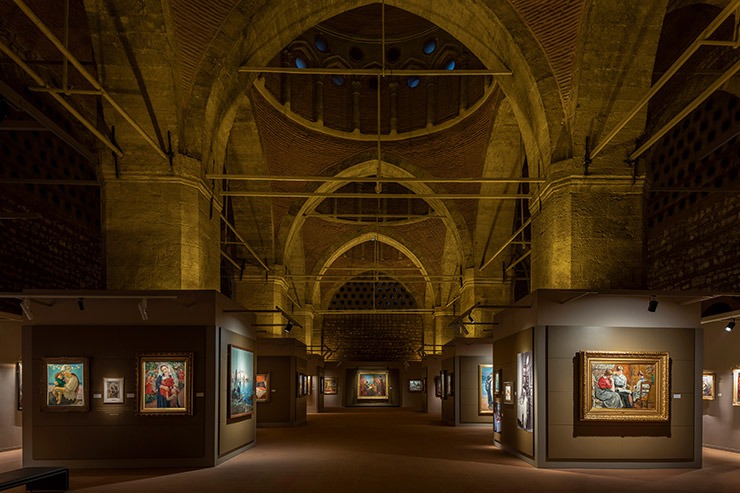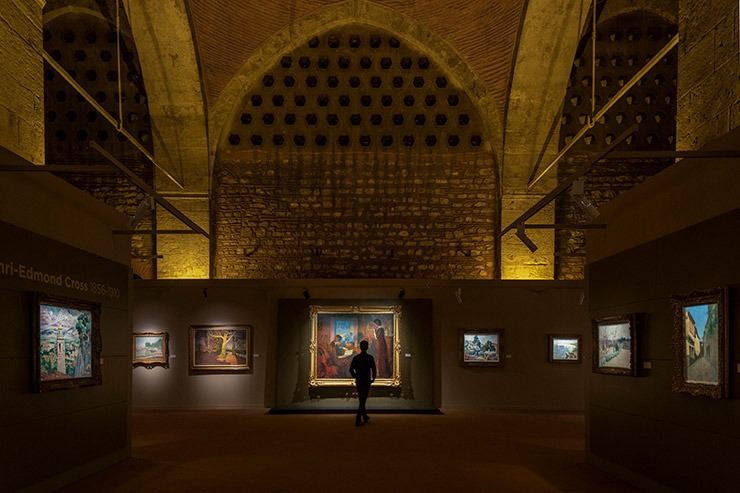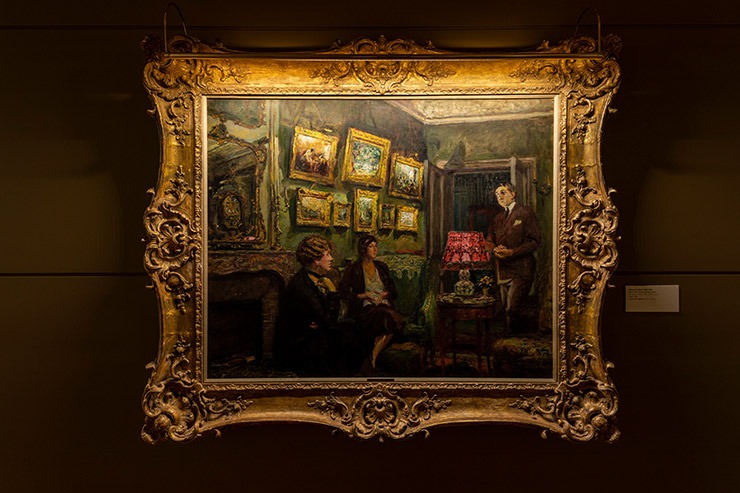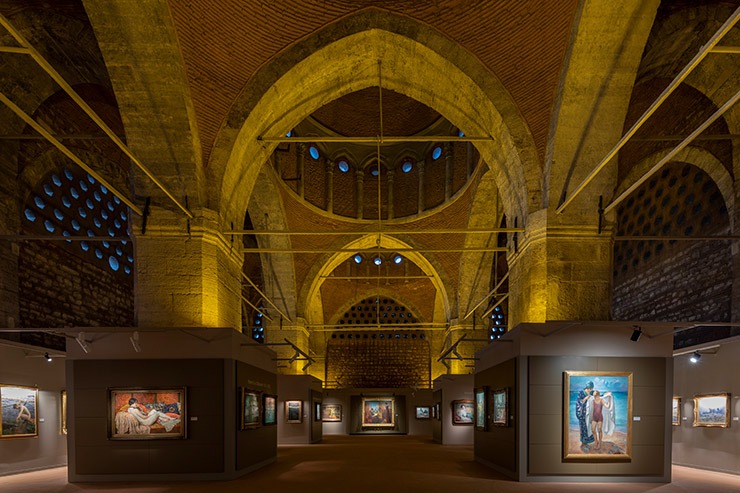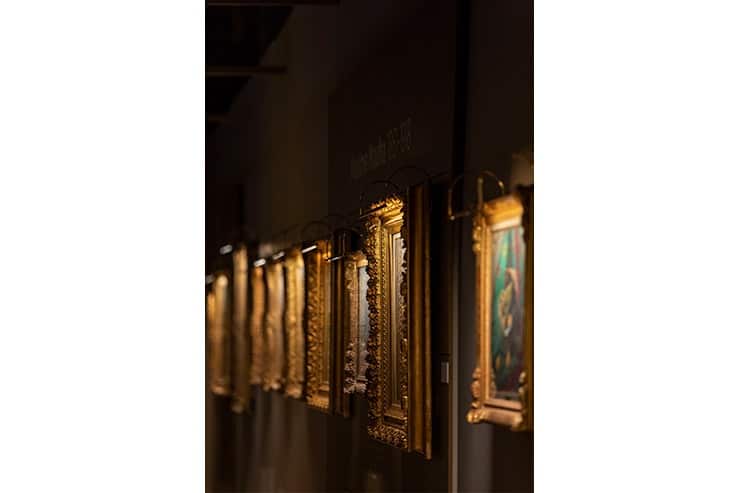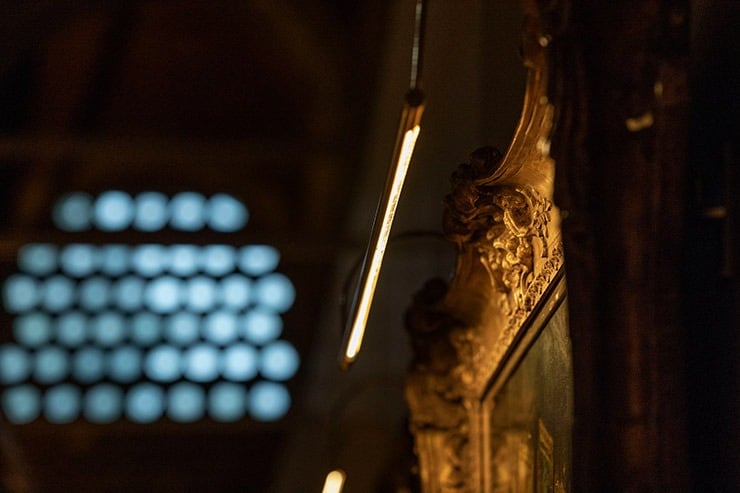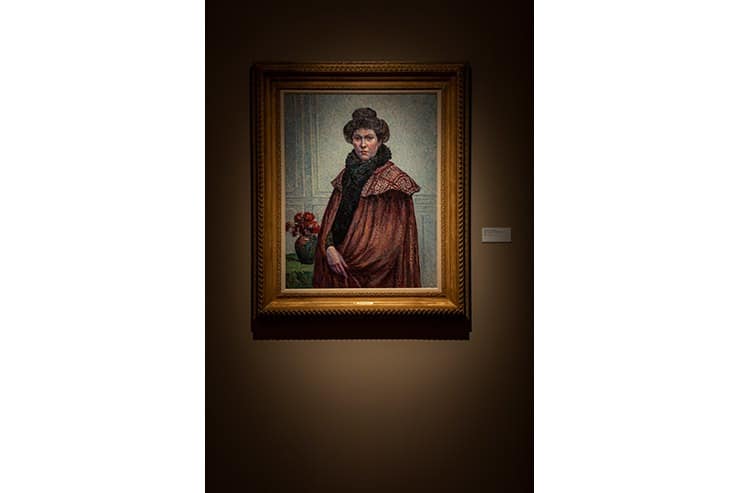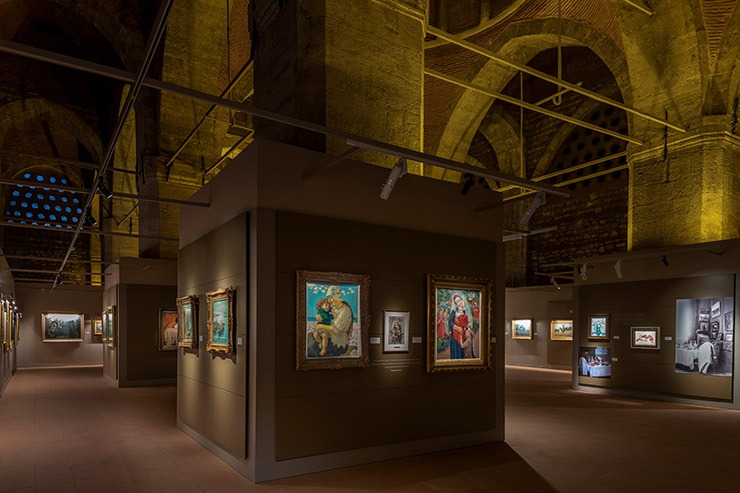- ABOUT
- JUDGING
- CONTACT
- MORE
- 2024 Entries
- Installations 2024
- Past Winners
- Subscribe
- [d]arc directory
- arc magazine
- darc magazine
Post-Impressionism Tophane-i Amire, Turkey
ProjectPost-Impressionism Tophane-i AmireLocationIstanbul, TurkeyLighting DesignONOFF Lighting Design & Consultancy, TurkeyArchitectNiko Filidis, TurkeyClientArkas Holding, Lucien ArkasLighting SuppliersSelecon, Soraa, Kunter
Tophane-i Amire is a building with a historical significance located on the European shore of the Bosphorus, Istanbul. Initial architecture was created by Byzantine Empire, and was completed by the Ottoman Empire (Architect Sinan) after Constantinople has been conquered. The building was used to manufacture cannonballs and became the centre of the weapon industry in late 1800s. “Tophane” meaning “cannonhouse” in the Turkish language, the building gives its name to the area it is located. Today the stone building is used by the Mimar Sinan Fine Arts University as an arts and culture centre, hosting various famous exhibitions. One of them being the Post-Impressionism exhibition by Arkas Holding, 102 paintings were displayed within the building (by Pierre-Auguste Renoir, Georges Braque, Louis Anquetin, Maxime Maufra, Theo van Rysselberghe, Paul Serusier, Suzanne Valadon, Edouard Vuillard, Leo Putz, Louis Valtat, Maurice de Vlaminck, Kees Vanwere, Andre Derain, Andre Lhote, Henri Le Sidaner, Henri-Edmond Cross).
As ONOFF Team, our objective was to illuminate each painting with care, considering each of their priceless value and to strengthen the connection between the artworks and the exhibition space by illuminating the interior historical features and textures of the building itself, leading to achieve a unique experience. Throughout the lighting concept, we tried to avoid creating a contest between the paintings and the architecture since the artworks were meant to be the main attraction for the guests.
Various lighting principles were used to illuminate artworks regarding to their painting styles, form of the frames and the visual hierarchy planned by the curator. One of the most significant techniques used was framing, using frame projectors to illuminate the paintings with a sharp quadrangular beam, leaving the frame of the painting and the background in contrast. Another principle was achieved by the custom designed wall-mounted luminaires with an integrated CRI>95 UV-free LED Strip inside a thin brass tube mounted behind and top of the artwork frames, which can be dimmed and tilted accordingly to achieve the correct aiming for proper light distribution and required illuminance levels. The decorative wall-lamp was an important part of the lighting concept referring to conventional type of artwork lighting which also even could be seen in some of the paintings in the exhibition.
The significant features and the historical textures of the stone building, such as columns and five domes were emphasized with aimed-upwards asymmetrical amber-coloured LED projectors, which were hidden between the columns and the exhibition wall-panels. Thus the ambient lighting of the area was provided by the indirect lighting that was reflected from the domes, preserving the overall dramatic effect. The main reason of using the amber colour was to evoke the historical feeling by referring to the torches that were used to illuminate the space in 19th century.
